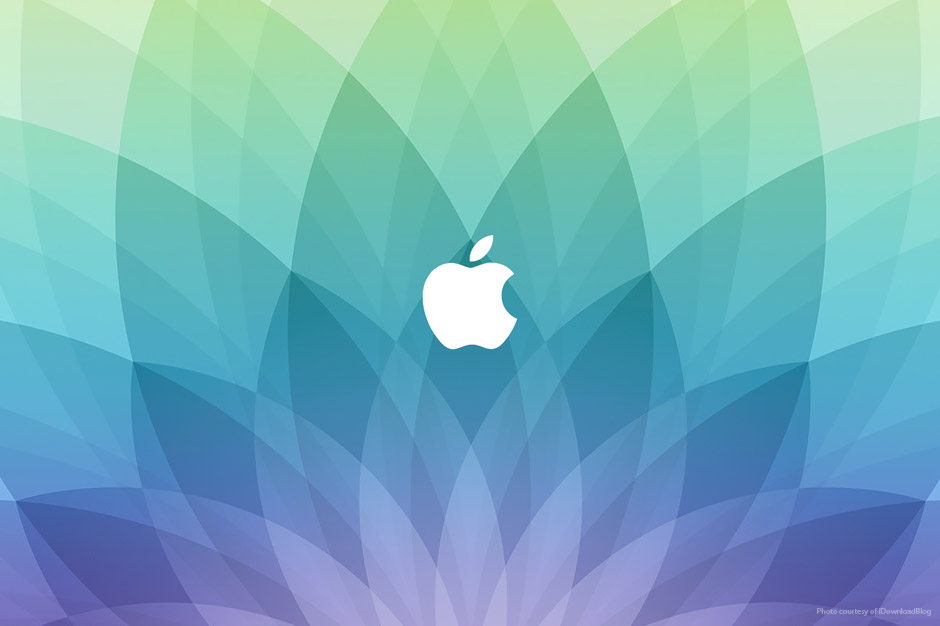In the 2008 book, Killer Differentiators: 13 Strategies to Grow Your Brand, authors Jacky Tai and Wilson Chew conclude that Apple's brand strategy of consolidating software and hardware has "crippled its growth." Are they right?
The answer to this brand strategy question may be a matter of perspective.
If sales growth and market share are, as many would argue, the ultimate and only measure of brand strategy success, the authors' conclusion is right. Because despite Apple's superior operating system and undeniable aesthetic appeal, its market share in the U.S. still [surprisingly] hovers in single digits, just under 9% at last report.
According to Tai and Chew, the reason behind Apple's failure to achieve sales leadership is its business strategy:
Up till today, Apple is the only computer company that makes its own hardware and operating system. On paper that looks good, but in practice it has crippled Apple. ... IBM and the other PC makers did not buy its [Apple's] operating system because Apple was a competitor. If you were IBM, HP, Compaq, Dell, Acer, Toshiba, Fujitsu, etc, would you have bought software from a company that could steal sales from you in the hardware sector? No way. (230)
Apple's brand strategy also cost it hardware sales. Programs developed by Intuit, Adobe and Microsoft helped create demand for PCs. Without these programs, Apple computer sales suffered.
Tai and Chew say that what the company should have done in the early days was to split in two: a hardware and a software operating company. In other words, develop a new brand strategy. This might make logical sense from a sales perspective, but does it make brand positioning sense? Positioning strategy says a brand can only stand for one thing in the mind. The more focused the meaning, the stronger the brand. Dell is computers. Microsoft is software. What would an Apple software/hardware company be?
Apple chose its brand strategy for the long-haul. That's what good companies do. Today, people don't just know the brand, or buy it, or even prefer it; they belong to the brand. Few brands reach this status, if ever. Exclusivity, is not optional from the Apple brand strategy perspective. It is elemental.
For one, the Apple position sets up an "us vs. them" mentality. "Us vs. them" positioning strategies, seen throughout the consumer world (Coke vs. Pepsi, AT&T vs. Verizon, Avis vs. Hertz, Mac vs. PC), attract fans, incite controversy, unite tribes, and, of course, create fiercely loyal buyers.
As positioning strategists, we see a different brand strategy picture than our colleagues who wrote the book. Apple's market capitalization is $261 billion. Microsoft's is $213 billion. Which company is ahead?
What's more, since 2006, Apple's brand value (as reported by Interbrand in the chart below) has seen double-digit growth year over year, while Microsoft's value for the same time period has been a picture of two steps forward, one step back.
Marketing is not a static picture. It's a moving race. Brand strategy is all a matter of perspective. Trends tell us that from a brand perspective, Apple's brand strategy is on the right course and probably has been all along. In the words of Steve Jobs, "You can't connect the dots looking forward; you can only connect them looking backwards."
The chart below shows a comparison of Apple's and Microsoft's brand value.
| Year | Apple | Microsoft |
| 2010 | 37% | 7% |
| 2009 | 12% | -4% |
| 2008 | 24% | 1% |
| 2007 | 21% | 3% |
| 2006 | 14% | -5% |
Lorraine Kessler is Innis Maggiore's Principal Client Services & Positioning Strategist.



